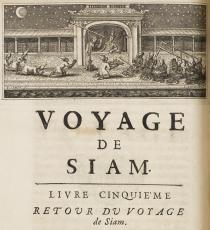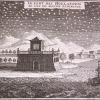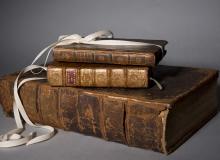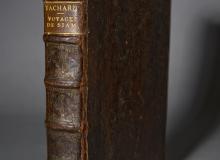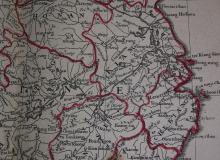Joachim Bouvet
After a century of working in China, the Jesuits had come to realize that the mathematical and scientific knowledge they had acquired in Europe was the best means of carrying the Christian faith to China as well. That is, by having some of their number working for the emperors in Beijing as astronomers, pharmacists, surveyors, cannon-makers, artists, glass-blowers and architects (among other things) others among them could work freely in different parts of the empire in more deliberately religious ways.
This did not mean that those who worked in the imperial employ did not also seek to promulgate their religious beliefs as well, but they had to do this in more subtle ways. At any rate, for the Jesuits the worlds of science and religion were not seen as contending ones, and thus to work in the Bureau of Mathematics was as good a means of serving God as celebrating mass. During their long years in China a series of talented and famous Jesuits managed to be agents of cross-cultural exchange – bringing western knowledge to China and Chinese knowledge to Europe.
During the latter part of the seventeenth century, a Jesuit procurator, Philippe Couplet traveled throughout Europe promoting the work of the China Jesuits. He did this both by having a work of Chinese philosophy printed in France – Confucius Sinarum Philosophus (available on this website and at the Burns Library) – and by encouraging the French king to send some missionaries of his own to Asia. Louis XIV did this and nominated six Jesuits to be his mathematicians, and they were to travel to Asia to bring glory to the church and to the French crown. One of these was Joachim Bouvet (1656-1730).
As with most of the Jesuits of his times, Bouvet was involved in many things. He helped map parts of the Great Walls of China (showing that there were more than one), he travelled back to Europe as the ambassador of the Chinese emperor Kangxi (between 1693 and 1699) and he spent many years trying to reconcile traditional Chinese history with biblical texts (in what has become known as ‘figurism’). He died in Beijing in 1730.
